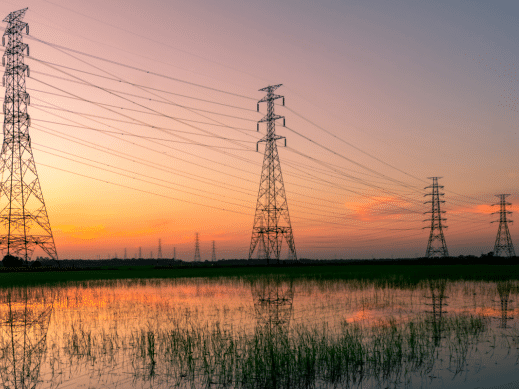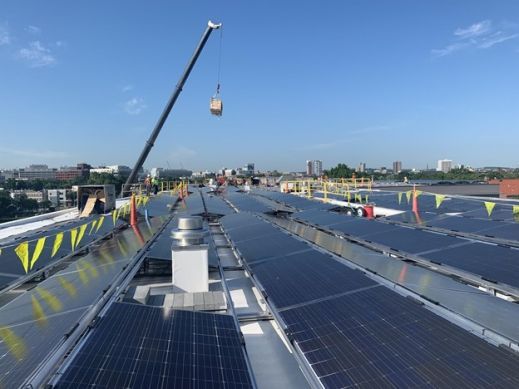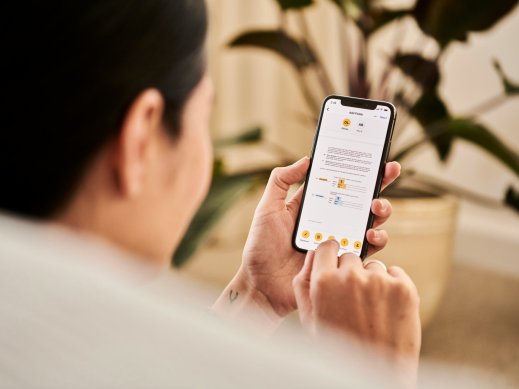
Whether you’re a homeowner, entering the solar integrator business, or are a seasoned professional, you’ll be dealing with permitting and interconnection tasks for each and every solar installation you do. Some of these tasks will be simple and others will make you want to pull each and every hair out of your head until you look like Mr/s. Clean. What can you do to ease the latter? The simple answer is to get to know your local authority having jurisdiction (AHJ), their processes and requirements. Additionally, you’ll need to understand your local utility’s interconnection processes if you are planning a grid-tied system.
Who is your local AHJ? This varies depending on the community you live in. In many communities the AHJ consists of a building inspector(s), wiring inspector(s), zoning and historical departments. This person, or group of persons will ensure that all work that has to do with the construction and wiring of the PV system conform to the local codes. In some communities, the building and wiring inspector will be the same person. In most communities, these will be different individuals. And, for larger communities, there are multiple building and wiring inspectors. In this case, you’ll want to find out who covers the territory that that the project is located in.
How do you get to know your AHJ? That’s easy, go visit the AHJ office, introduce yourself and discuss the project(s) you’re planning to work on. This will go a long way.
However, prior to just showing up at the office, you’ll first want to do your homework. Inspectors are usually overworked (i.e. busy). Making the most out of a meeting means asking questions that are specific. Avoid at all costs hypothetical questions - they are irrelevant and usually mean you’re fishing for an answer to a question that you already know the answer to, but don’t like the answer. The first place to start your homework is the AHJ’s website, usually built into your community’s website under the building department and sometimes the municipal light department’s website. If your AHJ’s website doesn’t exist or has very limited information, you should feel comfortable either calling the AHJ office or stopping by to request documentation / information about the permitting process to get you started. You’ll want to know which building and electrical code cycles and local amendments govern the work you’re planning to do, what the application and inspection processes involve and what fees you’ll be responsible for. Gather all of the information, formulate / compile questions and then schedule a time to review with the inspector.
What questions should you ask your AHJ? This depends on your familiarity with the code and the local permitting processes. That said, starting with questions about the application and inspection processes is usually a good idea. Does the AHJ have a solar-specific application process? What are the fees? What documents are required to accompany the application? What detail is needed in plan set? Does the plan set have to be stamped by a PE (structural, electrical)? What is the application review process, timeline? What inspections are required throughout the construction process? Much of this information can be found on the AHJ’s website or in the office, so make sure you don’t ask questions that are easily found with just a few clicks of a mouse button.
If you have questions that are code specific, it would be a good idea to reference the code that you are having difficulty interpreting and provide an example of what you are trying to do. The more specific you are with your question the better.
If your PV system will be grid tied, you’ll need to first contact your utility to apply for interconnection. Interconnection application processes vary by system size as well as by utility. Similar to the AHJ discussion above, it is best to do your homework prior to contacting your utility. Most utilities have information about their processes available on their websites. Start here. If you cannot find helpful information on the website, pickup the phone to request documentation about the utility’s interconnection processes including application, terms and conditions, net metering and any equipment requirements, such as external AC disconnects. Some utilities are so large that questions will be directed to customer support specialists over the phone. Other utilities, like municipal light plants, will have someone that you can speak with over the phone and in person.
In conclusion, getting to know your local AHJ and their processes will provide extremely useful in moving your PV project along in an efficient manner. Along the way, you’ll learn a thing or two and save yourself from showing up at the next friend’s night out looking like Mr/s. Clean.



